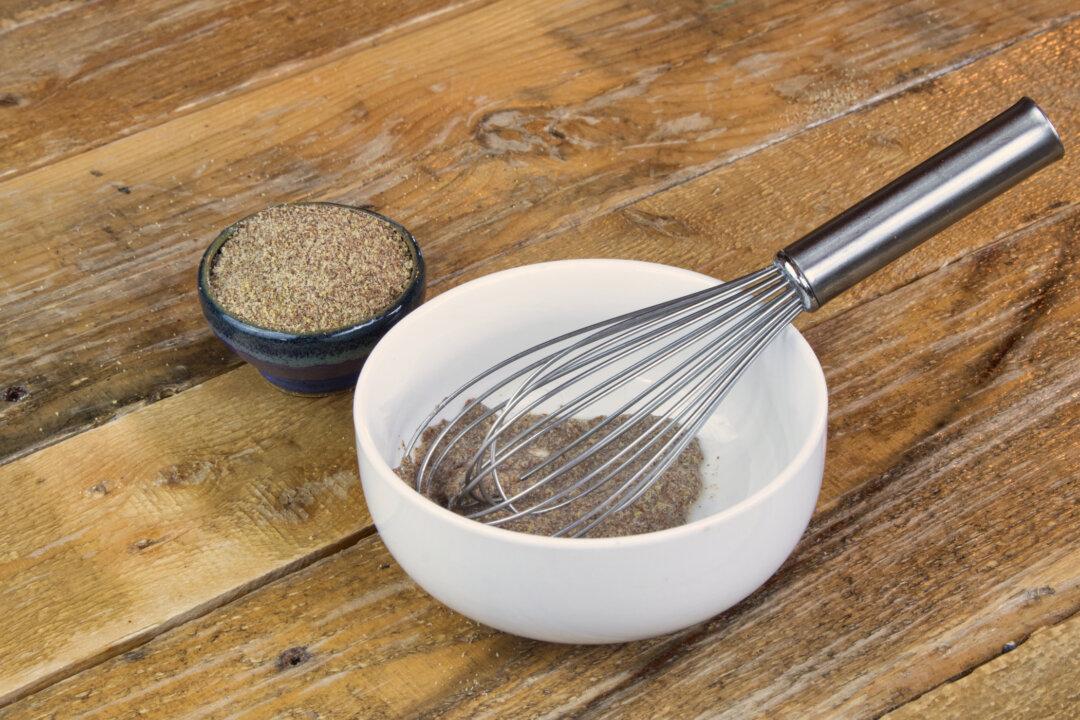Q: Is fat-free milk healthier than whole milk?
A: For a long time, dietary patterns that were considered balanced and healthy often contained the words “low fat” or “fat-free.” This idea was based on the belief that the saturated fats found in milk could contribute to cardiovascular disease (CVD) as well as obesity. More recently, we’ve learned that the link between saturated fat and CVD is dependent on the specific types of saturated fat being consumed.





